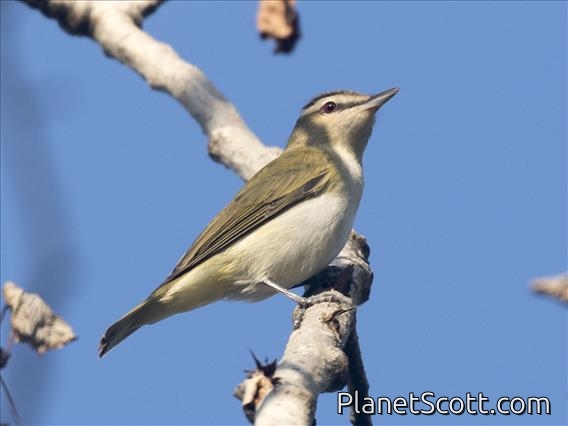Red-eyed Vireo (Vireo olivaceus)

Red-eyed Vireo (Vireo olivaceus)

Red-eyed Vireo (Vireo olivaceus)

Red-eyed Vireo (Vireo olivaceus)



×




Red-eyed Vireo (Vireo olivaceus)

Red-eyed Vireo (Vireo olivaceus)

Red-eyed Vireo (Vireo olivaceus)
About Red-eyed Vireo (Vireo olivaceus)
- Kingdom: Animals
- Phylum: Chordates
- Class: Birds
- Order: Perching Birds
- Family: Vireos
The red-eyed vireo is a small American songbird. It is somewhat warbler-like but not closely related to the New World warblers (Parulidae). Common across its vast range, this species is not considered threatened by the IUCN.
Source: Wikipedia
Visits
-
2006-12-17
Mindo - Bellavista, Ecuador -
2006-12-22
Mindo - Foothills, Ecuador -
2007-10-16
UNAM Station, Mexico -
-
2012-07-08
Necedah NWR, United States of America -
2012-07-09
Sax-Zim Bog, United States of America -
2012-07-11
Theodore Roosevelt National Park - South Unit, United States of America -
2013-04-19
Bolivar Peninsula, United States of America -
-
-
-
-
-
-
-
-
-
-
2023-09-27
Parque Nacional Tortuguero, Costa Rica -
-
-
-
-
-
-





